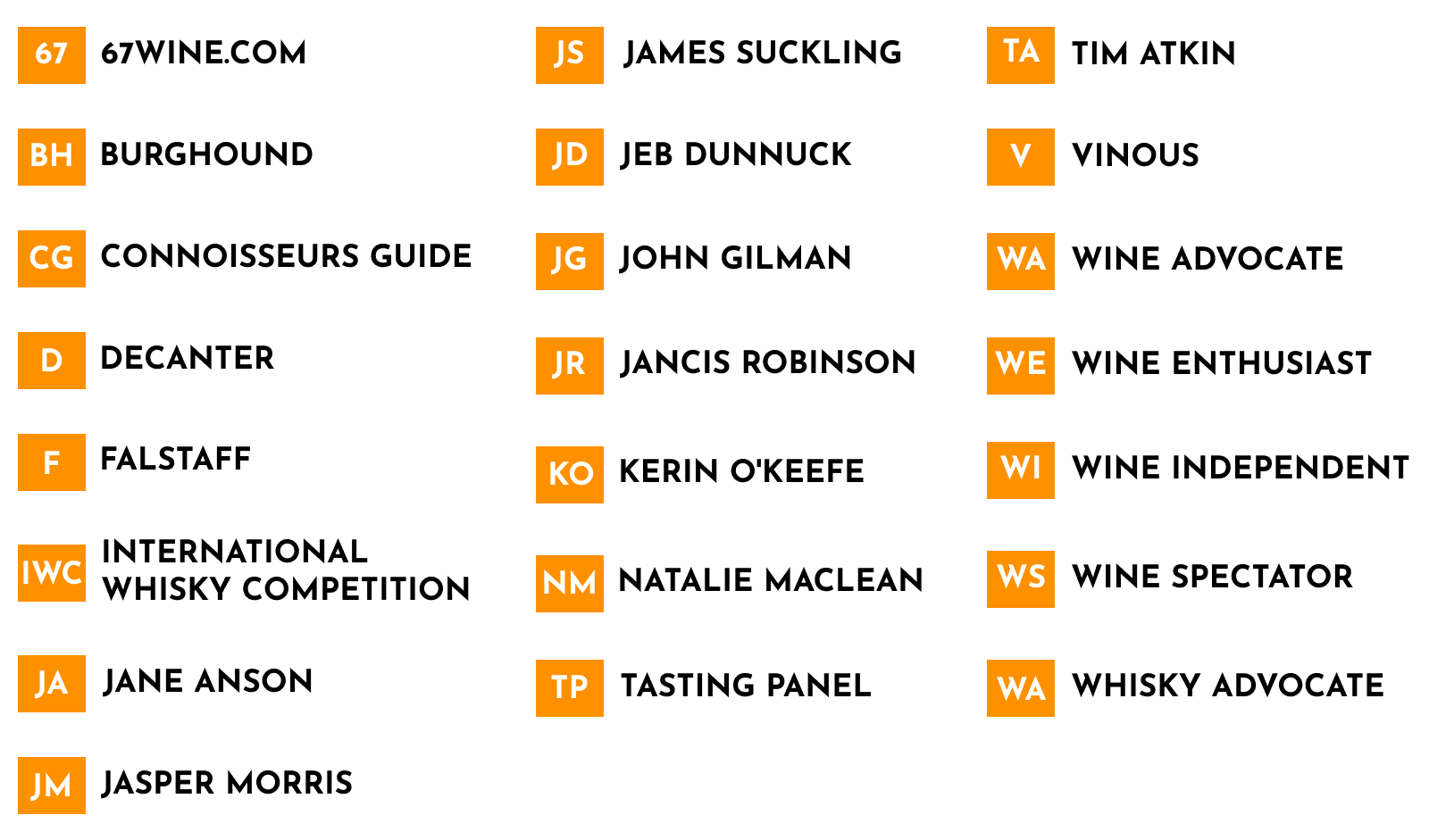The Loire Valley seems to us a very good place to be this time of year, for here we find a tranquil, lazy riverscape that slows the world down to an easy, manageable pace. It is a region of legendary beauty, of fairy-tale castles and walled towns, of refined living, and pleasure in the best things in life.
The Loire is France's longest river, rising in the mountains 100 miles or so north of the Mediterranean and flowing 630 miles, first north, then in a westward sweep to the sea. It traverses 12 départements (states), 60+ different wine appellations, and some of the lushest agricultural country in France, with great variations in soil and climate.
An important thoroughfare for centuries, the Loire was the main highway of France in the Middle Ages when the bulk of heavy transport was moved by barge. Today the river is gentle and beautiful, no longer of any commercial importance, silted up in critical spots and so navigable only in limited stretches.
Its history, however, is dramatic, to say the least. Often called "the French Nile" (and the region as a whole "the Valley of the Kings"), the river is lined with monumental reminders of a glorious past. The Vikings found it in the 9th century and used it as a way into the interior, and the area was a frequent battlefield during the Middle Ages in the on-again off-again war between England and France (think Joan of Arc and Orléans). With the English vanquished, the Loire became a cultural center in the Renaissance, with the construction of the great châteaux and the artistic contributions of such luminaries as da Vinci and Benvenuto Cellini. The religious wars of the 16th-17th centuries took a major toll here; both Saumur and Sancerre were Huguenot (Protestant) centers, and with the revocation of the Edict of Nantes, which had granted religious freedom to all, thousands fled . . . and with that began the region's decline into pastoral gentility.
Wine is made all along the length of the Loire and its tributaries, and legend has it that the first vines arrived with the man we now know as St. Martin of Tours, a missionary from eastern Europe. Martin arrived in Tours (so the story goes) bearing three vines, one enclosed in a bird's bone, one sheathed in a lion's bone, and the third in a donkey's bone. He planted all three at Tours, they thrived, and the next year each vine produced a bottle of wine. Martin's donkey, by the way, is credited with inventing pruning: visiting a grower one day, Martin tethered his donkey to a sturdy vine; when he returned he discovered that the donkey had done the predictable and chowed down everything within reach. Also predictably, the grower was furious . . . but when his crop doubled the next year, he repented of his anger. Oh yes, those bones: they are the basis for the French saying that translates as "drink one glass of wine and you sing like a bird, a second and you roar like a lion, a third and you behave like an ass." So remember St. Martin of Tours when you pour that third glass! Browse our Loire Wines.






